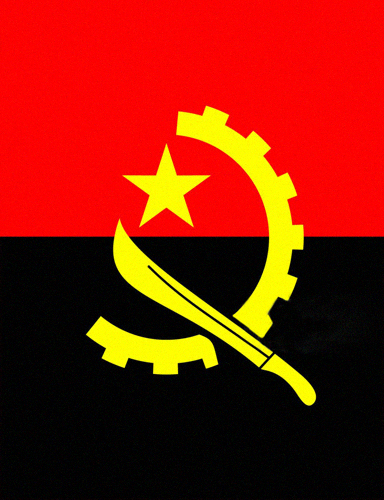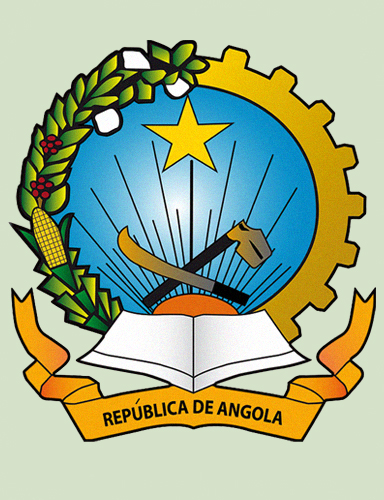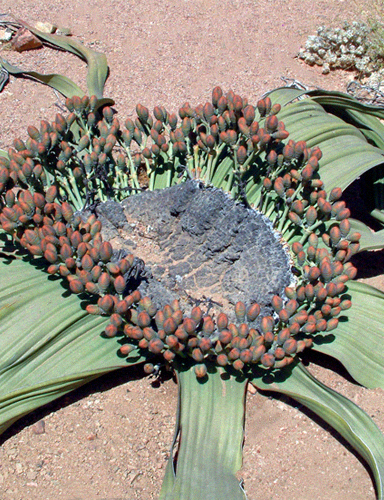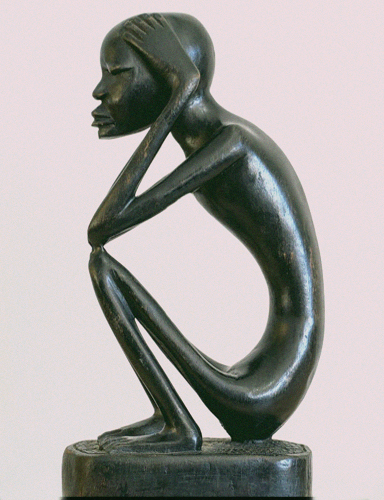-
Call Us
+32 2 346 18 72
-
Timetable
Monday - Friday 09.00 - 16.00
-
Getting to know Angola
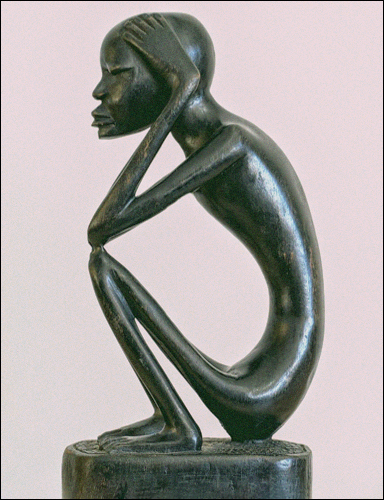
Angola
About the country
The Republic of Angola is located in the western part of southern Africa. The country has an area of 1,246,700 square kilometres and a border of 4,837 kilometres. The country is bordered to the north by the Republic of Congo and the Democratic Republic of Congo; to the east with the Democratic Republic of Congo and the Republic of Zambia, and to the south with the Republic of Namibia. South with the Republic of Namibia. The name Angola derives from the Bantu term "n'gola", the title of the kings of the Dongo Kingdom, which existed at the time the Portuguese settled in Luanda in the 16th century.
Angola
National symbols

Angola
Historical overview
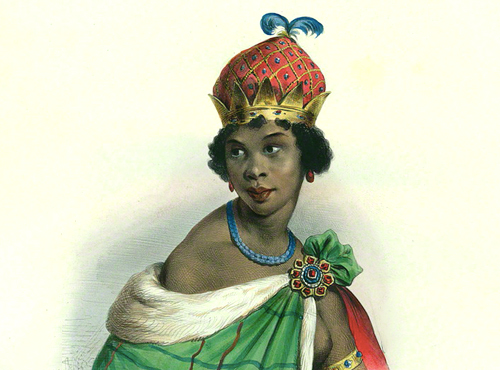
1484 - 1764
Arrival of the Portuguese
The Portuguese docked on the Zaire River under the command of Diogo Cão. From this milestone, the Portuguese began to conquer not only Angola, but also Africa. The Portuguese colony of Angola was established with the arrival of Paulo Dias de Novais. At that time, Angola changed from a slave-owning society to one that was gradually concerned with producing what it consumed.
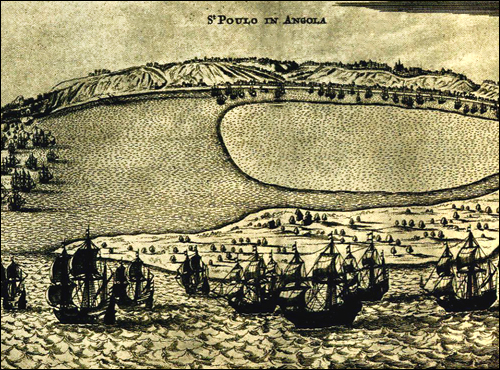
1836 - 1850
Ports of Luanda and Benguela
Although the slave trade has been abolished, it will continue to be practised illegally for several more years. With the opening of the harbours of Luanda and Benguela, the slave trade began to decrease and the export of agricultural products increased considerably. Luanda and Benguela became major commercial cities, with firms exporting palm oil, wax, wood, ivory and many other products to countries such as England, France and Portugal.
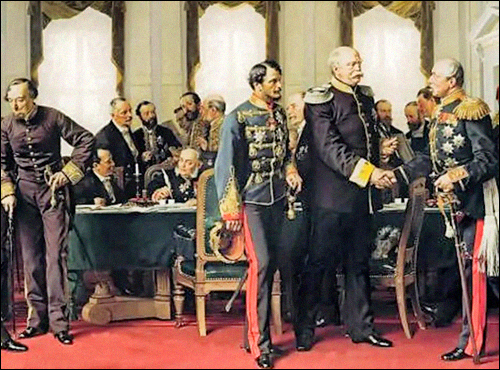
1869 - 1908
Berlin Conference
In Angola, rubber became one of the most exported products in a very short time, greatly reducing the still existing slave trade. A year after the famous Berlin Conference, Portugal and Germany define the current borders between Angola and Namibia. In 1908 rubber exports reached 65% in Angola.
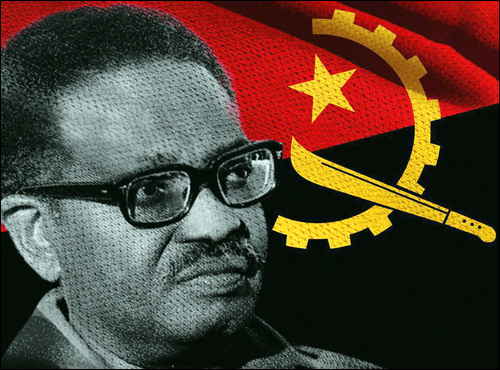
1921 - 1992
National Liberation
In 1992 Angola held its first general elections. The ruling MPLA wins with an absolute majority and continues to govern in a context of multi-party democracy, competing with UNITA and other parties for parliamentary seats. Due to a lack of understanding between the ruling party and the largest opposition party, UNITA, armed confrontations begin again, with the cities of Huambo and Bié at the centre of the conflicts.
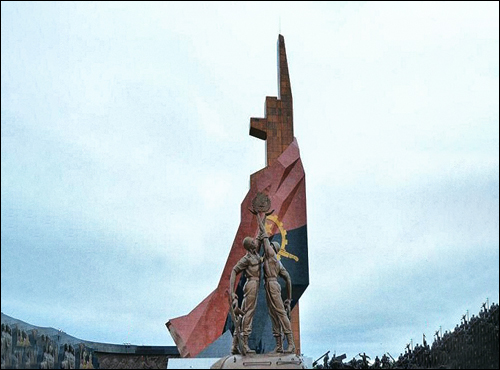
1922 - 2017
Conquering Peace
Twenty-seven years after independence, peace finally arrived in Angola with the signing of the Luena, Moxico agreements between the MPLA and UNITA. After 16 years, Angola holds new elections in 2008. The ruling MPLA party wins again with a qualified absolute majority. In February 2010, the new constitution of the Republic of Angola was approved. New elections in 2012, again won by the MPLA and its candidate, José Eduardo dos Santos. In 2017 Angola held its fourth elections. João Manuel Gonçalves Lourenço of the MPLA wins, becoming the third president of the Republic of Angola in 42 years of independence.
Angola
Presidents of the Republic
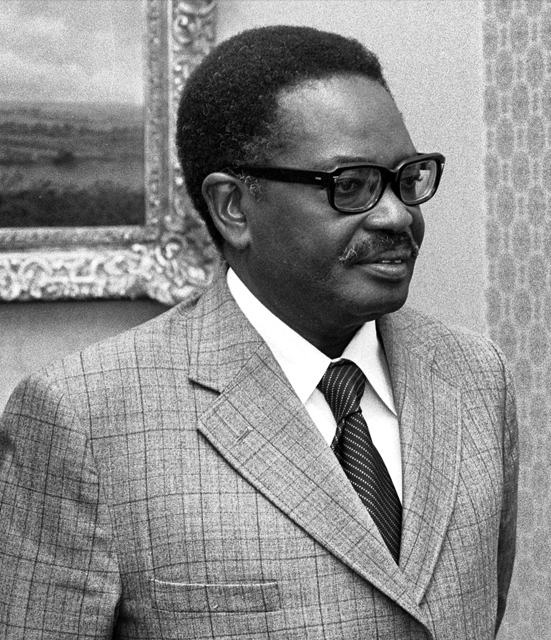
11 Nov 1975 - 10 Sept 1979
António Agostinho da Silva Neto
Agostinho Neto was born in the village of Kaxicane, in the Icolo e Bengo region, around 60 kilometres from Luanda. His father was a pastor and teacher in the Methodist Church and his mother was also a teacher. After graduating from high school in Luanda, he worked in the health services and quickly became a prominent figure in the nationalist cultural movement which, during the 1940s, experienced a phase of vigorous expansion in Angola.
Learn More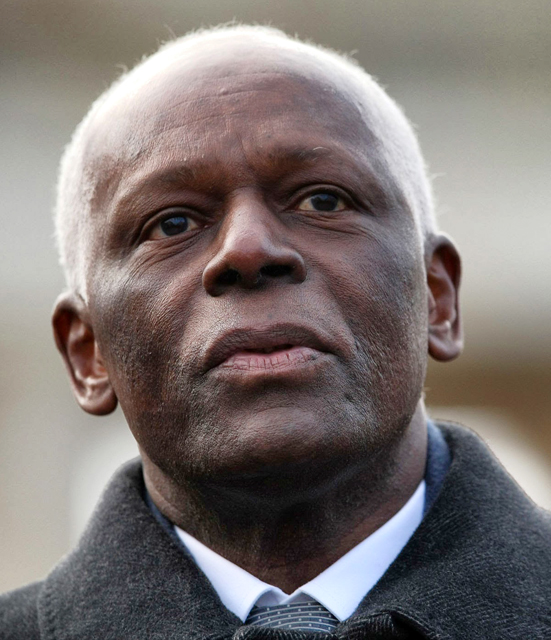
21 Sept 1979 - 25 Sept 2017
José Eduardo dos Santos
José Eduardo dos Santos was born on 28 August 1942 to Eduardo Avelino dos Santos and Jacinta José Paulino, both deceased. He attended primary school in Luanda, where he did his secondary education at Liceu Salvador Correia, at the time the main secondary school in the country. He began his political activity by joining clandestine groups set up in the capital's suburban neighbourhoods at the end of the 1950s and joined the MPLA when it was formed in 1958. After the outbreak of the struggle against Portuguese colonial power in Luanda on 4 February 1961, José Eduardo dos Santos left Angola in November of the same year and began to coordinate the activities of the MPLA Youth in the safety of exile, an organisation of which he was one of the founders and for some time Vice-President.
Read More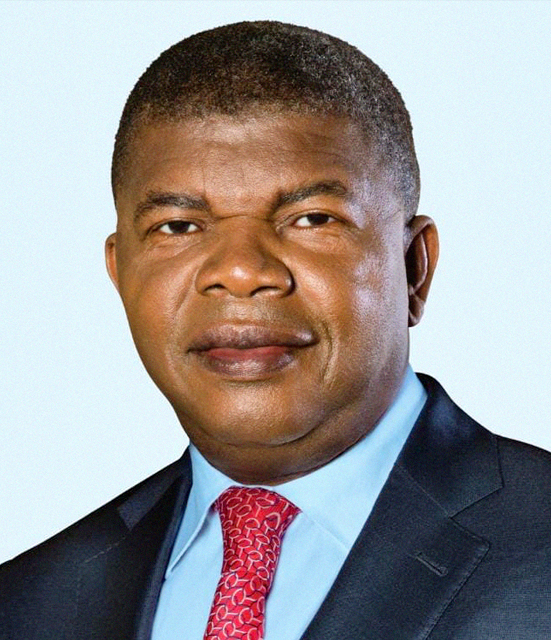
March 1954
João Manuel Gonçalves Lourenço
Born in Lobito, Benguela province, on 5 March 1954, he is the son of Sequeira João Lourenço, a nurse from Malange, and Josefa Gonçalves Cipriano Lourenço, a seamstress from Namibe, both deceased. In February 2017, after being elected vice-president of the MPLA at Congress, he was confirmed by the Central Committee as the party's candidate for the general elections on 23 August. At the time, he was Minister of National Defence in the government. In the meantime, João Lourenço has held various important positions in the state apparatus and in the party. In his career, he held the positions of Provincial Governor and 1st Secretary of the Provincial Party Committee in Moxico and Benguela. In the former People's Assembly, João Lourenço was a deputy and in the Armed Forces for the Liberation of Angola (FAPLA) he was head of the National Political Directorate.
Read MoreConsular Sector
Avenue Montjoie 165
Uccle 1180 - Brussels
Tel: +32 2 379 2700
